目次
扇田昭彦『日本の現代演劇』概要と感想~戦後日本と演劇の流れをリンクして学べるおすすめ参考書
今回ご紹介するのは1995年に岩波書店より発行された扇田昭彦著『日本の現代演劇』です。
早速この本について見ていきましょう。
様々な異議申立てが噴出した一九六〇年代に台頭した小劇場運動は,日本の現代演劇を一変させた.実験精神に富み,日本的独自性を追求した唐十郎,鈴木忠志ら第一世代を中心に,つかこうへい,野田秀樹ら後続世代を描いて,新しい感性が織りなすドラマを,同時代の現実と感触の中で浮彫りにする.鮮明に浮上する戦後日本文化の特徴的断面.
Amazon商品紹介ページより
私がこの本を手に取ったのは以前当ブログでも紹介した井上やすし著『ロマンス』がきっかけでした。
あわせて読みたい
井上ひさし『ロマンス』あらすじと感想~チェーホフの生涯を喜劇化した傑作!私はこの作品に嫉妬する…!
タイトルに書きましたように、私はこの作品を読みながら「なんて見事な作品だろう・・・!こんな作品を生み出してしまうなんて!」と嫉妬してしまいました。
こんな経験は初めてです。それほどの作品でした。
この本の巻末解説を担当していたのが今作の著者扇田昭彦さんでした。井上ひさしさんがどのような方だったのか、そしてこの作品の特徴や魅力が一発でわかる名解説。こんな素晴らしい解説を書けるようになりたい!そう思ってしまうほど圧倒的な解説をそこで目の当たりにすることになりました。
となれば「扇田さんの著書をぜひ読んでみたい」、そう思い色々調べてみた所、今私が知りたいと思っていたこととドンピシャの作品があったのでした。それが本書『日本の現代演劇』になります。
私はここ最近シェイクスピア演劇の流れから蜷川幸雄さんについて学んでいました。特に『千のナイフ、千の目』では蜷川さんの若き日や批評に対する思いを知ることになりました。
あわせて読みたい
蜷川幸雄『千のナイフ、千の目』あらすじと感想~批評とは何か、その重さについて考える。鋭い言葉が満...
私がこの作品を手に取ったのは現在公演されている彩の国シェイクスピア・シリーズ、『ジョン王』がきっかけでした。
こんな素晴らしい演劇シリーズを生み出した蜷川幸雄さんについてもっと知りたい。そんな思いで手に取ったのが本書『千のナイフ、千の目』でした。
この本では蜷川さんが若き日にデモ隊に参加していたことや、当時の演劇界と社会闘争の密接な関係が書かれていました。そして当時の演劇界の構造なども書かれていて、時代との繋がりという面から見る演劇に興味を持つようになりました。
そんな私にとって本書『日本の現代演劇』は最高の手引きとなりました。
1960年代に始まった小劇場運動からバブル経済を経た90年代の演劇までその歴史の流れを概観することができます。
特に思想の吹き荒れた安保闘争、学生紛争時代における演劇界には強い関心があったのでこのことについて詳しく知ることができたのは非常にありがたいものがありました。
その中でも特に印象に残った箇所をここで紹介します。
一九六〇年代に小劇場連動を創始した第一世代には、個性豊かな、カリスマ的魅力に富む才能がそろっていた。劇作家では唐十郎、別役実、佐藤信、斎藤憐、清水邦夫、寺山修司、太田省五、金杉忠男ら、演出家では鈴木忠志、蜷川幸雄、東由多加……。彼らはいずれも新しい演劇の地平を切り開いた創造者であると同時に、その多くは集団の優れた指導者であり、しかも論争を辞さない戦闘的な理論家でもある。
新劇など既成演劇との違いをはっきりさせるためにも、根強いアングラ批判と戦うためにも、彼らは理論武装して自分たちの舞台作りを理論化し、言語化しなければならなかった。新聞、情報誌、テレビなどのマスコミが小劇場の新しい才能を積極的に後押しするような一九八〇年代以降の状況とはまるで違う、貧しさと無名と孤立無援の中で彼らは道を切り開かなくてはならなかったのである。だから彼らの多くは劇団のPRをも兼ねて、評論活動を積極的に展開した。(中略)
つまり、第一世代は舞台作りから理論活動、出版活動まで、何もかもを自分たちでやらなければならず、事実、やってのけた創業者世代である。こうして逆境に強い、口八丁手八丁のしたたかな演劇人が育った。寺山、鈴木、太田、蜷川らは国際的な場にも積極的に進出した。
岩波書店、扇田昭彦『日本の現代演劇』P22-23
私にとって60年代、70年代はあまりに謎な時代です。安保闘争や学生紛争、革命・・・当時の映像を観ても、「なぜあんなにも議論するのだろう。なぜこんなにも理論を話すのだろう。なぜこんなに熱気があるのだろう」と不思議で不思議でなりませんでした。
理論武装については私も特に気になっていて、あの当時の映像や文章には異様に哲学的、観念的な言葉が溢れていることを感じていました。ですが、著者の、
「新劇など既成演劇との違いをはっきりさせるためにも、根強いアングラ批判と戦うためにも、彼らは理論武装して自分たちの舞台作りを理論化し、言語化しなければならなかった。新聞、情報誌、テレビなどのマスコミが小劇場の新しい才能を積極的に後押しするような一九八〇年代以降の状況とはまるで違う、貧しさと無名と孤立無援の中で彼らは道を切り開かなくてはならなかったのである。だから彼らの多くは劇団のPRをも兼ねて、評論活動を積極的に展開した。」
という言葉を聞き、「なるほど、そういう側面があったのか」と膝を打つことになりました。
そしてこの本を読んでいてとにかく感じたのは演劇人たちの熱気です。しかも並大抵の熱気ではなく、それこそ「すべてを賭けて戦う」という恐るべき本気さ・・・
私にとって60年代、70年代はあまりに謎な時代です。今は時間の都合で手は出せませんが、いつかもっと学んでみたいなと思います。
時代の空気感と演劇の関係を重ねながら学べる本書は非常に興味深い作品でした。蜷川幸雄さんについてもっと知りたいと思っていた私にとってもありがたい一冊でした。ぜひおすすめしたい作品です。
以上、「扇田昭彦『日本の現代演劇』~戦後日本と演劇の流れをリンクして学べるおすすめ参考書」でした。
Amazon商品ページはこちら↓
日本の現代演劇 (岩波新書 新赤版 372)
次の記事はこちら
あわせて読みたい
扇田昭彦『舞台は語る』あらすじと感想~日本のシェイクスピア・ブームの背景を知れる1冊!現代演劇の...
この本は前回の記事で紹介した『日本の現代演劇』と対になる作品です。
劇団四季や『レ・ミゼラブル』など私も大好きなミュージカルの話も聞けるのは嬉しい限りでした。
前の記事はこちら
あわせて読みたい
蜷川幸雄演出『天保十二年のシェイクスピア』あらすじと感想~井上ひさしの名作を蜷川ワールドで堪能!
「卑俗で猥雑で混沌としたエネルギーにあふれた音楽劇」
まさに蜷川さんの演出エッセンスをまさに凝縮した舞台をこのDVDで観ることができます。蜷川さんの特徴がかなり明確に出ているのでがこの作品ではないかと思います。
そして出演陣の豪華さにもやはり圧倒されます。どこに行っても主役級の役者さんがどんどん出てくるこの舞台。演技の迫力に呆然とするしかありませんでした。すごすぎます・・・!
役者さんたちのすごさ、演劇の面白さも知れる素晴らしい作品です。たしかに時間があっという間の作品です。エンタメ性抜群、とにかく楽しませてくれる作品です。
関連記事
あわせて読みたい
シェイクスピアのマニアックなおすすめ作品10選~あえて王道とは異なる玄人向けの名作をご紹介
シェイクスピアはその生涯で40作品ほどの劇作品を生み出しています。日本ではあまり知られていない作品の中にも実はたくさんの名作が隠れています。
今回の記事ではそんなマニアックなシェイクスピアおすすめ作品を紹介していきます。
あわせて読みたい
シェイクスピアおすすめ解説書一覧~知れば知るほど面白いシェイクスピア!演劇の奥深さに感動!
当ブログではこれまで様々なシェイクスピア作品や解説書をご紹介してきましたが、今回の記事ではシェイクスピア作品をもっと楽しむためのおすすめ解説書をご紹介していきます。
それぞれのリンク先ではより詳しくその本についてお話ししていますので興味のある方はぜひそちらもご覧ください。
あわせて読みたい
ジーン・ベネディティ『スタニスラフスキー伝』あらすじと感想~『俳優の仕事』で有名なロシアの伝説的...
この本では名俳優スタニスラフスキーの生涯を見ていくことになります。
また、この本は単にスタニスラフスキーの生涯をなぞるのではなく、当時の時代背景も掘り下げていきます。そしてその時代背景においてスタニスラフスキーをはじめとした演劇人がどのように動いていたのかを知ることができます。
ものすごく面白い本でした!
あわせて読みたい
ピーター・ブルック『なにもない空間』あらすじと感想~シェイクスピア演劇に革命をもたらした演出家の...
ピーター・ブルックと蜷川さんの演劇論の重なりには読んでいて驚くしかありませんでした。
演劇論としての枠組みを超えて人生を考える上でもこの本は大きな示唆を与えてくれます。この本が名著として受け継がれている理由がよくわかりました。
あわせて読みたい
岩淵達治『ブレヒト 人と思想64』あらすじと感想~われわれはシェイクスピアを変えられる。もしわれわれ...
この本はドイツの劇作家ブレヒトの生涯や時代背景、思想をコンパクトに知れるおすすめの作品です。
当時の演劇界の空気感を知れるこの本はとてもおすすめです。私も1ページ1ページ興味津々で読みました。ぜひ手に取ってみてはいかがでしょうか。
あわせて読みたい
バフチン『フランソワ・ラブレーの作品と中世・ルネッサンスの民衆文化』あらすじと感想~蜷川幸雄が座...
蜷川さんの人生やその言葉を通して私も今たくさんのことを学ばせて頂いています。その蜷川さんが「座右の書」と呼ぶバフチンの『フランソワ・ラブレーの作品と中世・ルネッサンスの民衆文化』。これがどんな本なのかやはり気になります!そして実際に読みながら感じたことをある意味率直に書いてみたのが今回の記事です。率直過ぎたかもしれませんがどうかご容赦ください。
あわせて読みたい
山﨑努『俳優のノート』あらすじと感想~リア王と向き合い続けた壮絶な演劇日記!作品への深い愛、スト...
単に頭で考えて理論を組み立てるのではなく、生活すべてをかけて全身でリア王にぶつかる!そうして生まれてきた深い思索がこの本で語られます。
俳優という職業とはいかなるものなのか、そして俳優という一つの仕事の枠組みを超えてあらゆる職業におけるプロフェッショナリズムというものも考えさせられる作品です。
あわせて読みたい
秋島百合子『蜷川幸雄とシェークスピア』あらすじと感想~蜷川演出のシェイクスピア舞台がまとめられた...
この本は蜷川幸雄さんが演出したシェイクスピア作品を解説と共に見ていく作品です。
作品ごとのエピソードもとても興味深く、実際にその舞台を観たくなってきます。演劇制作の奥深さやシェイクスピア作品の面白さをこの本では知ることができます。
あわせて読みたい
シェイクスピアおすすめ作品12選~舞台も本も面白い!シェイクスピアの魅力をご紹介!
世界文学を考えていく上でシェイクスピアの影響ははかりしれません。
そして何より、シェイクスピア作品は面白い!
本で読んでも素晴らしいし、舞台で生で観劇する感動はといえば言葉にできないほどです。
というわけで、観てよし、読んでよしのシェイクスピアのおすすめ作品をここでは紹介していきたいと思います。
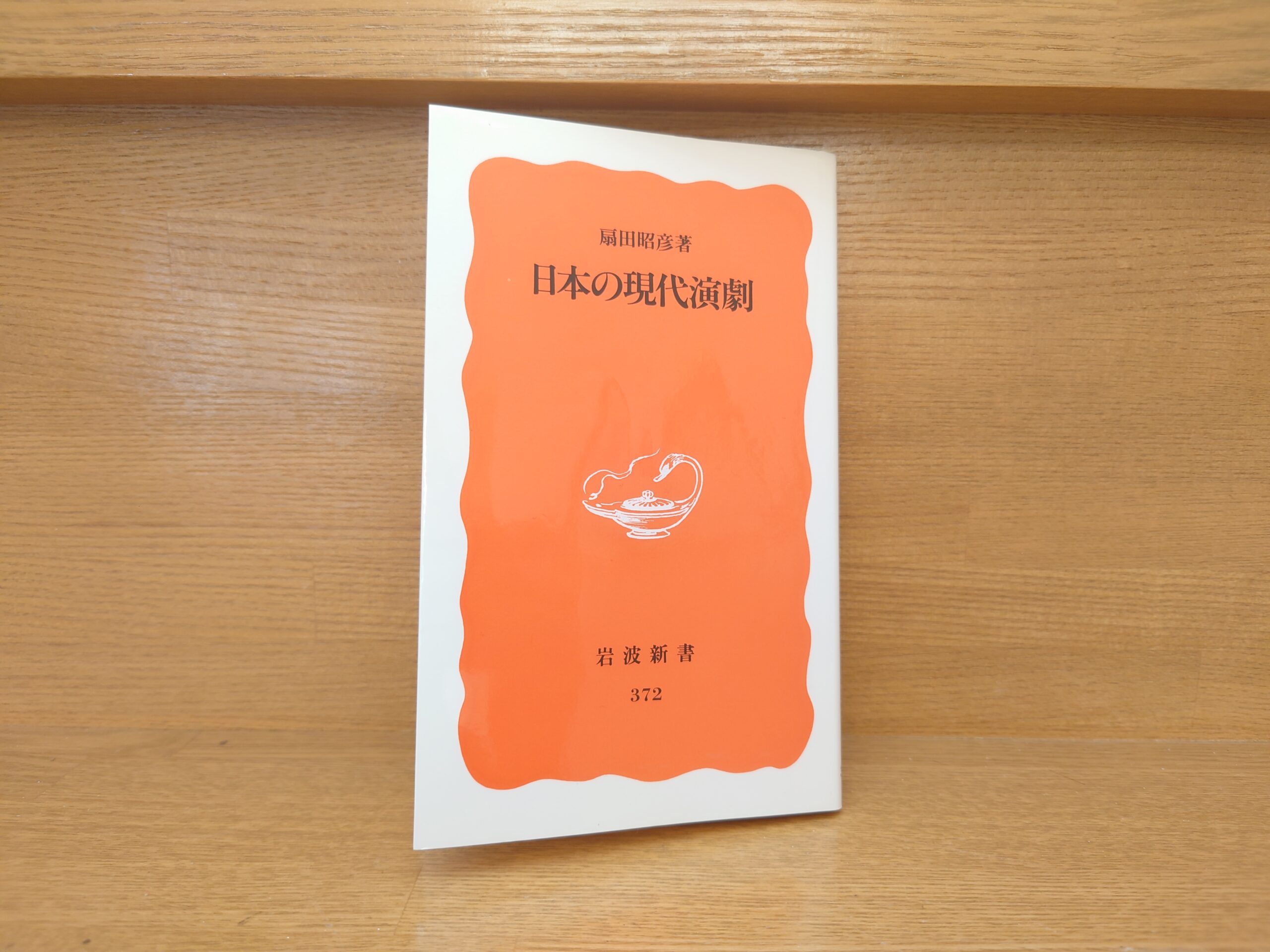
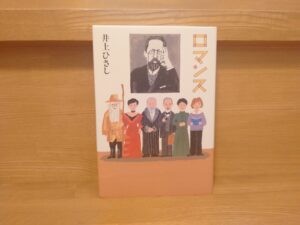
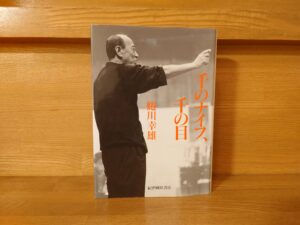
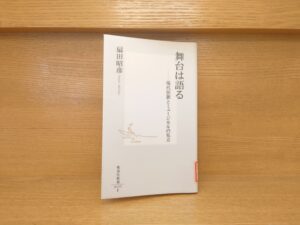
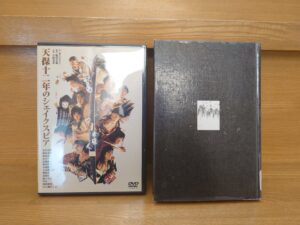
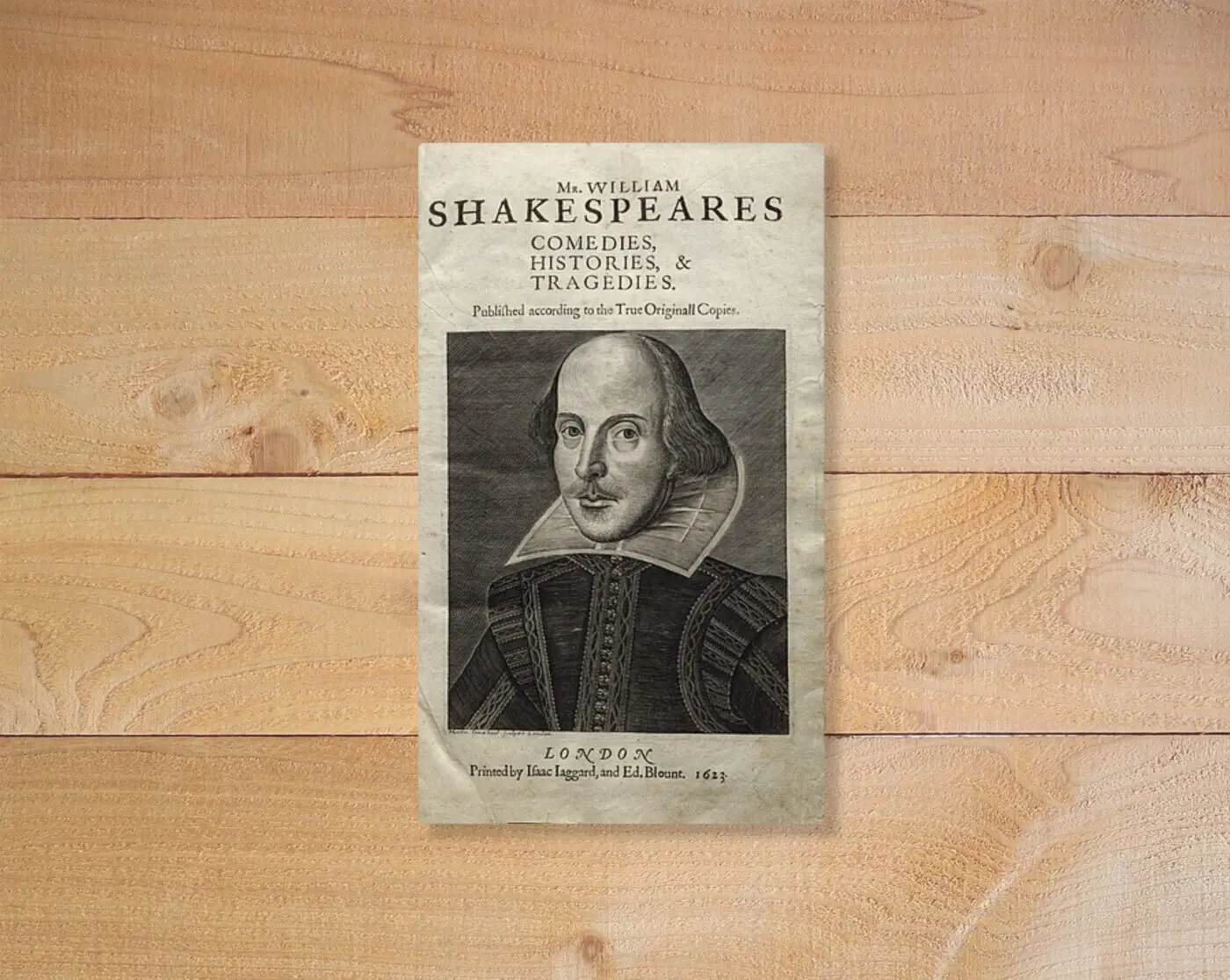

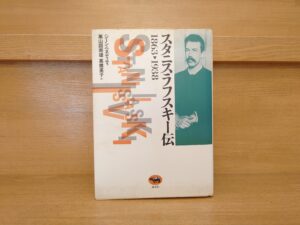
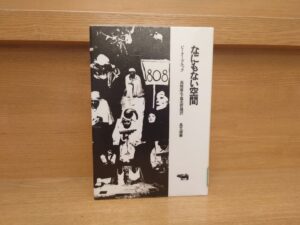
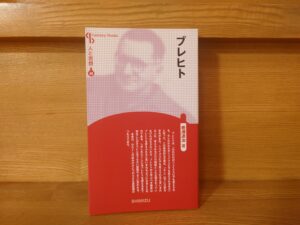
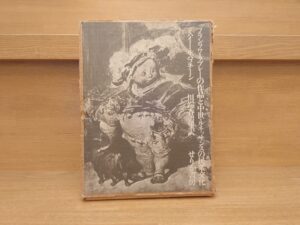
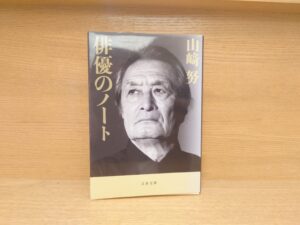
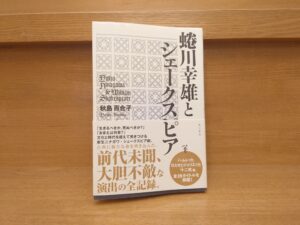


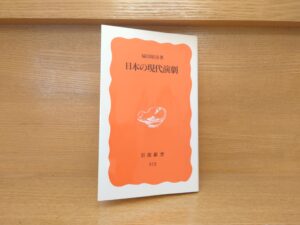
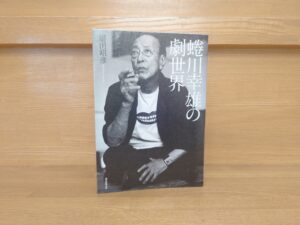
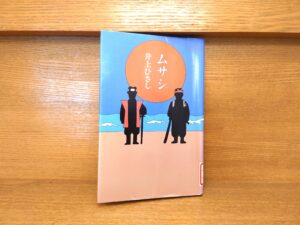
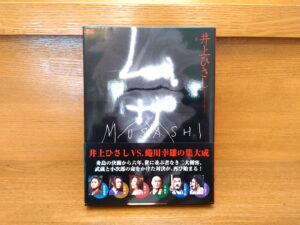
コメント